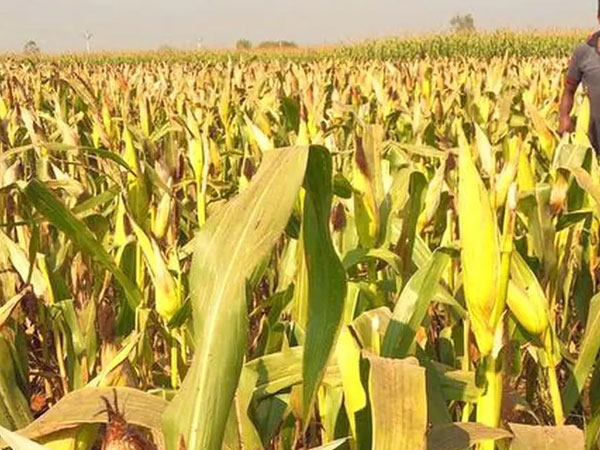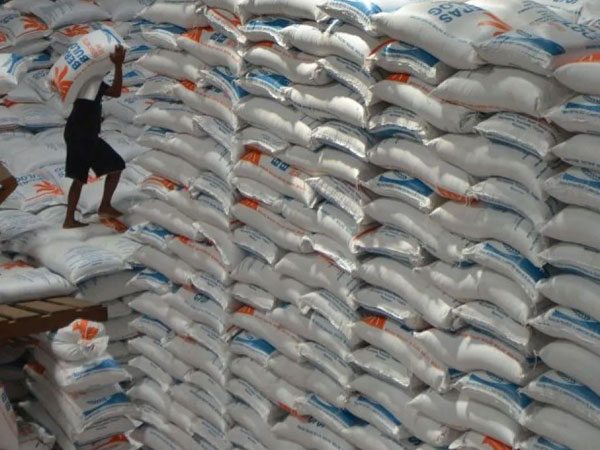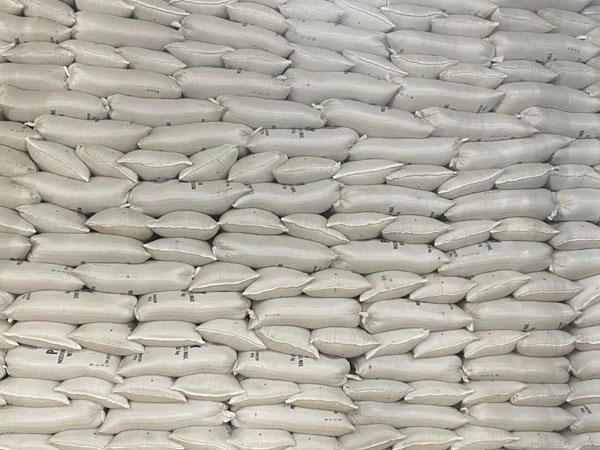 OCED-FAO Outlook projects the country to emerge a major produce and an importer of wheat
OCED-FAO Outlook projects the country to emerge a major produce and an importer of wheat
India is poised to play a pivotal role in shaping global cereal market over the next decade. It is emerging both as a major producer and a key importer, particularly of wheat, according to the OECD-FAO Agricultural Outlook 2025-2034.
By 2034, India is expected to contribute nearly 30 per cent of the global increase in wheat output, fuelled by rising yields and area expansion, spurred by Atma Nirbharta initiatives. It is also set to overtake China as the world’s largest rice producer, accounting for 41 per cent of the projected rise in global output. However, rising domestic demand, especially for wheat, means India may turn into a net importer by the end of the forecast period.
At the same time, Indian maize exports and biofuel-linked use are expected to grow steadily, supported by policy and global price dynamics. The country’s recent removal of rice export restrictions is also seen restoring its position as the top rice exporter, reinforcing its dominance in global trade, the outlook said.
Volatile prices
Maize prices climbed steadily from July 2024 to February 2025, hitting $221 per tonne, largely due to global supply constraints, including lower stocks in Brazil and strong US export demand. Ongoing uncertainties around trade policies and harvest outcomes in Argentina and Brazil are further driving volatility.
Wheat prices were more volatile, hovering between $250 and $270 per tonne through late 2024 before declining year-on-year by February 2025. Despite lower outputs in Russia and the EU, ample domestic stocks in major importers China and Pakistan helped subdue international prices.
Barley prices, meanwhile, resumed a long-term upward trend due to tight supply from key exporters and robust demand for feed and malting uses. In contrast, international rice prices declined sharply after India rolled back export curbs in late 2024. The anticipated bumper harvests in northern hemisphere nations, slowing demand in Indonesia and weakening currencies in key exporters contributed to this drop.
Food & feed uses
By 2034, global cereal demand is projected to hit 3.2 billion tonnes (bt), up from 2.8 bt, with food use accounting for 40 per cent, followed by feed at 33 per cent and biofuels and industrial uses at 27 per cent. Wheat and rice will remain largely food crops, while maize and other coarse grains will continue to be feed-dominated.
India and China will drive nearly a third of the projected 11 per cent increase in global wheat consumption. Rising per capita wheat intake, especially in Asia and parts of Africa, along with demand for high-protein wheat for processed foods, is expected to reshape global supply chains.
Maize feed demand is projected to rise more slowly than in the past, especially in China, where feed efficiency and diversification strategies are taking hold. However, in sub-Saharan Africa, maize will remain a key food staple, with demand growing 2.8 per cent annually.
Cereal production growth in the coming decade is expected to slow in area expansion but remain steady overall, driven by yield improvements. Global cereal yields are projected to grow 0.9 per cent annually, reaching an average of 4.2 tonnes/hectare by 2034.
The outlook expects India to lead gains in both wheat and rice, while the US, Brazil and China will contribute the most to maize growth. Sub-Saharan Africa and Latin America will also see significant gains, aided by technology and infrastructure investments. Still, yield disparities between high- and low-income regions are expected to persist, with productivity stagnation in some areas posing a challenge to global food security.
More flows, higher risks
Global cereal trade is projected to expand by 14 per cent by 2034, with wheat exports rising to 226 million tonnes (mt) and maize to 210 mt. Russia will remain the top wheat exporter, while Brazil is expected to see the sharpest gains in maize exports, bolstered by yield gains and China’s policy-driven import cuts.
India, alongside Vietnam and Thailand, is expected to dominate rice exports. Africa will remain heavily reliant on imports, particularly of rice and wheat.
However, extreme weather events, pest outbreaks and geopolitical tensions – including the lingering effects of Russia-Ukraine war – could all disrupt trade and supply. Moreover, policy shifts, especially those targeting sustainability and self-sufficiency, may alter global trade flows and pricing. Biofuel-linked cereal demand, food security concerns in import-dependent regions, and fluctuating demand from China remain key swing factors.
Price outlook
By 2034, nominal prices of wheat, maize, and barley are expected to return to trend levels at $296/tonne, $225/tonne and $252/tonne, respectively. Rice prices are projected to ease to $490/tonne as supplies normalise post-export curbs. In real terms, however, all cereal prices are expected to decline due to productivity gains, the outlook said.














© Copyright 2025 The SSResource Media.
All rights reserved.